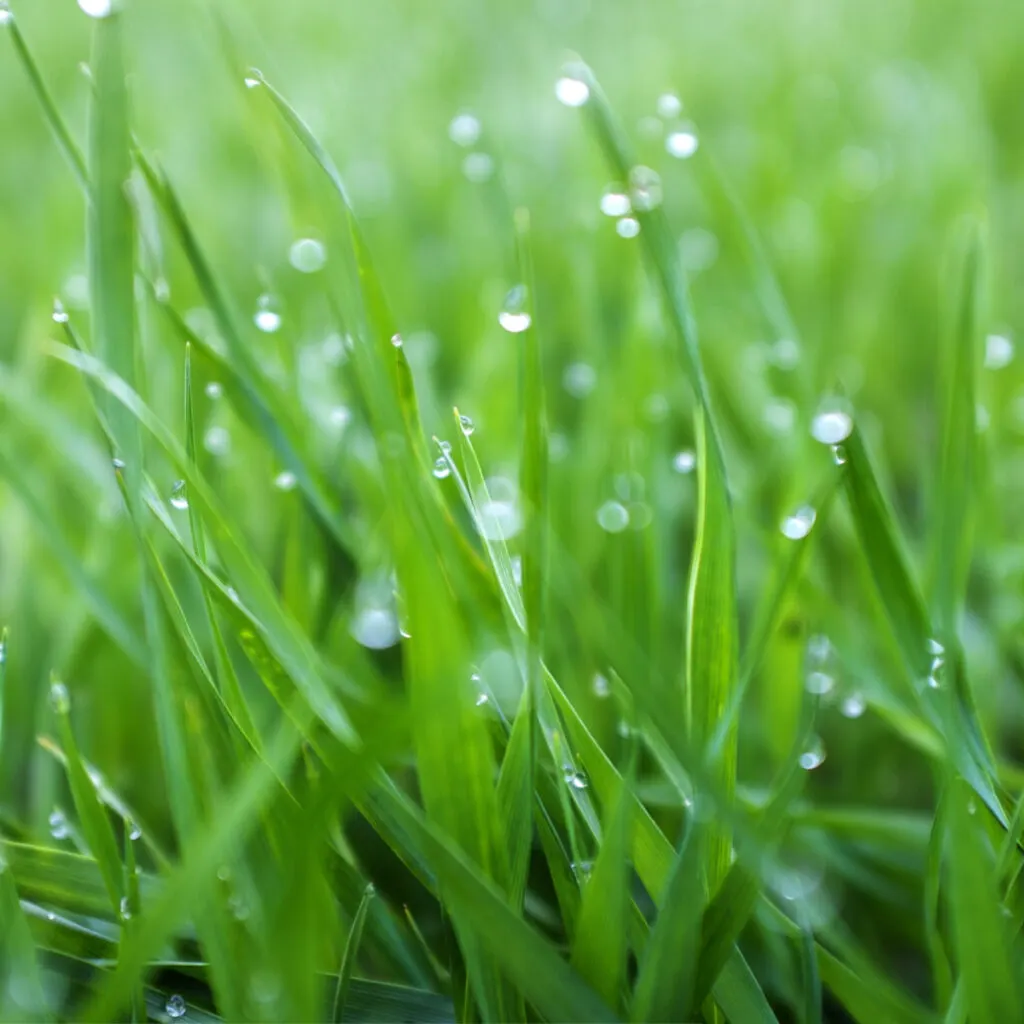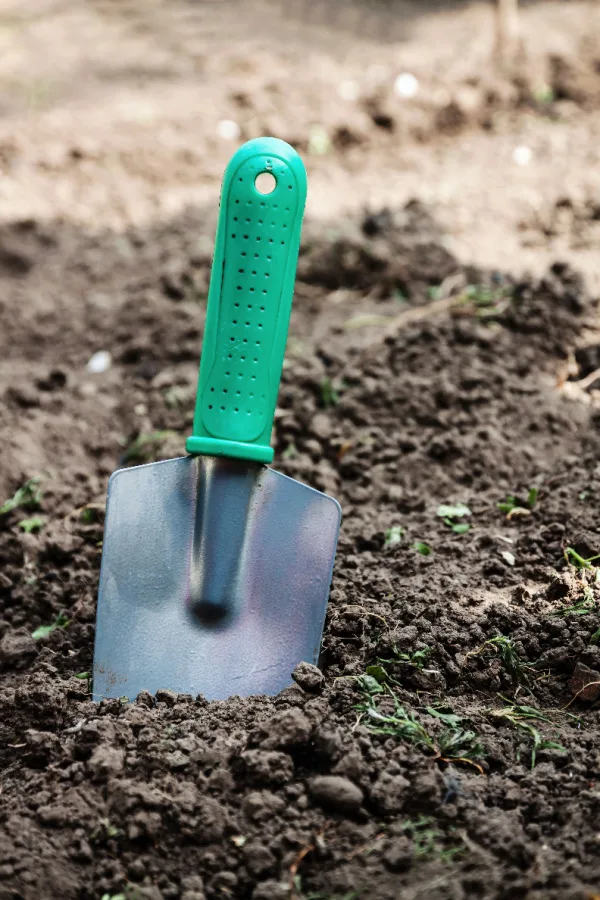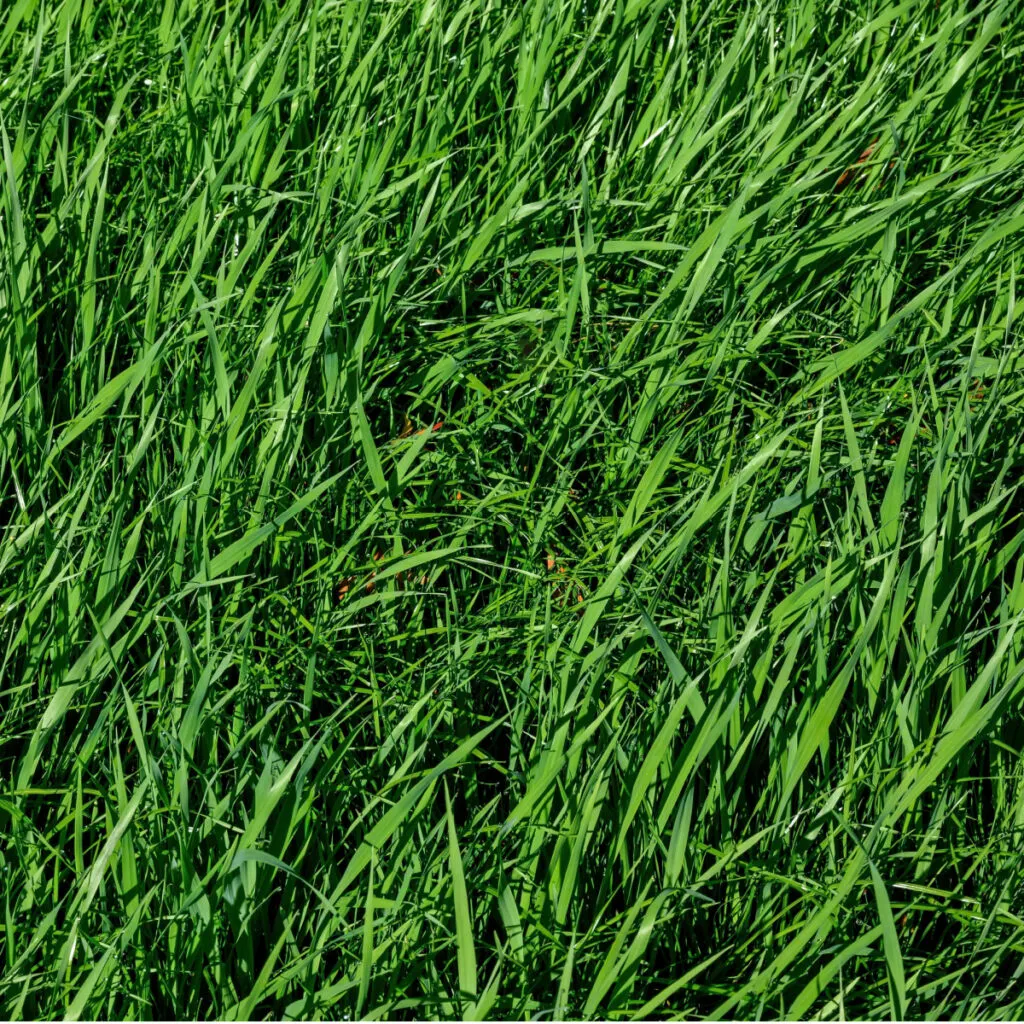If you are looking for a simple way to recharge your garden’s tired and weak soil – all while helping to stop your garden from being overrun by weeds year after year – then you need to plant a no till cereal rye cover crop this fall!
Leaving your soil bare over the winter can create all kinds of issues for next year’s garden. Bare soil allows weed seeds to find a home to lie in wait until next year. Even worse, when left uncovered, wind, rain and snow can all erode away valuable garden soil as well.
But that is where a cover crop can save the day! Cover crops are truly the single best method for recharging your garden’s soil each fall. Not only do they provide valuable nutrients back to the soil, they also protect a garden from erosion and weeds.

Using Cereal Rye As A Cover Crop
There are a lot of great choices for cover crops. But with that said – one of our favorites is cereal rye. In fact, it’s simply hard to beat the amazing benefits that cereal rye can bring to your garden as a cover crop.
Cereal rye, (often called annual or winter rye) is both easy to plant and maintain. It fills in fast in the fall to protect your garden’s soil from weeds taking over. All the while, the roots below the surface of the soil help to loosen and recharge the soil with nutrients. And best of all – as you will see below, you never need to till it back into the soil to gain all of those incredible benefits!
With all of that amazing power in mind, here is a look at how cereal rye works, how to plant it this fall – and how it can turn your growing space into a low-maintenance, high-producing no-till garden!
How To Plant No Till Cereal Rye – The Perfect Garden Cover Crop!
Cereal rye is simply an incredible workhorse in the garden. For starters, it has an ultra-thick root system that grows deep into the soil below. Even into clay and heavily compacted soils. And as the roots grow, they break up that hard soil with ease.

But those roots do so much more than just loosen tough soil. The root ends of cereal rye contain tiny nodules that help to “fix” nitrogen levels in the soil. And when it comes to growing vegetables, nitrogen is a major player!
But the benefits don’t even stop there. As the cover crop dies back in the spring, all of the clippings, roots and stems break down into the soil. What is left behind are tiny channels in the soil now overflowing with rich humus.
And these channels are vital in allowing air, water and nutrients to find their way to your vegetable plants. All of which of course leads to healthier, stronger crops, year after year. And because you simply mow off the cereal rye to kill it – you don’t have to till and ruin all of the soil structure!
Getting Rid Of Weeds For Good – Planting Cereal Rye
As if the above mentioned benefits weren’t enough, cereal rye is also a major player in reducing your garden’s weeds. Cereal rye creates a thick barrier of living vegetation as it grows. An that barrier not only snuffs out existing weeds, it also keeps new weeds seeds from ever finding a home in bare soil.
Listen In Below To Our Podcast On How To Plant The Perfect Fall Cover Crop In Your Garden!
For us, our fall cover crop is a game changer. We use it in our raised row garden and in our raised beds. It protects, recharges and most importantly, is the major reason we spend little time ever weeding our garden every summer.
How To Plant Cereal Rye In The Fall
In mid to late fall, as our vegetable plants begin to fade, we clear our growing rows to plant our cereal rye cover crop. And it the process couldn’t be easier. In fact, all you will need is a simple tine rake and a supply of cereal rye seed!
To begin, we rake each row to slightly scratch the soil surface. Next, we sow our seed over our growing rows as if we were planting grass seed. We then gently rake the soil to help set the seed a bit. Check out our YouTube video on planting cereal rye : OWG Cover Crop Planting How To Video
There is no need at this point to fully cover the seed with soil. All you need to do is just lightly rake it over. After seeding, we then finish by covering with a light half inch covering of straw. This helps to keep moisture in and the birds away.
Within five to seven days, the rye usually starts to poke its bright green blades through the surface of the soil. And within a few weeks, the raised growing rows are completely covered in a thick mass of bright green protective turf. See: How To Create A No Till Raised Row Garden – Garden Easy!
Winter Dormancy – How To Plant Cereal Rye In The Fall
As the cold sets in, the rye goes dormant. It will stay thick all winter long, protecting the soil in the process. Then, as spring returns, the cereal rye will spring back to life too. As it grows in early March, we then begin to mow it off every week or two.
The clippings are either mulched into the beds to add organic matter, or we bag them to put in our compost bin. You can also use a string trimmer to do the job as well to cut back the rye. To make sure it dies off faster, we mow it every few days. Within two to three weeks, the rye will slowly die off.
Then, we simply plant right through the surface. No tilling. Nor are there weeds to remove or worry about. And most important of all, the ground has been re-energized by the cereal rye. It truly is the easiest gardening cycle you could ever ask for!
Making Sure You Are Planting The “Right” Rye! How To Plant Cereal Rye
Cereal rye can go by many names, including winter rye and annual rye. But it’s important to make sure you are buying the right seed when using as a no-till cover crop.
- Affiliate Seed Link : 22 Pound Bag / Cereal Rye Seed
- Affiliate Seed Link : 50 Pound Bag / Cereal Rye Seed
Cereal rye is a cereal grain, not a grass. It is not to be confused with perennial or annual rye grass. The seeds of cereal rye are much larger than that of regular rye grass. You can usually find it at most feed or grain stores, on line, or at many local gardening centers.
If you purchase rye with seed that looks like grass seed – you are most likely not getting what you need for your garden! Here is to cereal rye in your garden this year, and to a more productive garden next year! Happy Gardening – Jim and Mary.

